Education is the most important aspect of our modern-day life. Philosophers and policymakers organize different strategies to promote equal and quality education for everyone. They have introduced new and effective methods to enrich the quality of education and make a solid base for student life. Coordination in education is a proven strategy to reduce the gap between students, teachers, parents, and administration. In short words, all stakeholders will work for one single purpose. Education empowers the mind, grows creativity, and inspires us to work together.
What is Coordination in Education?
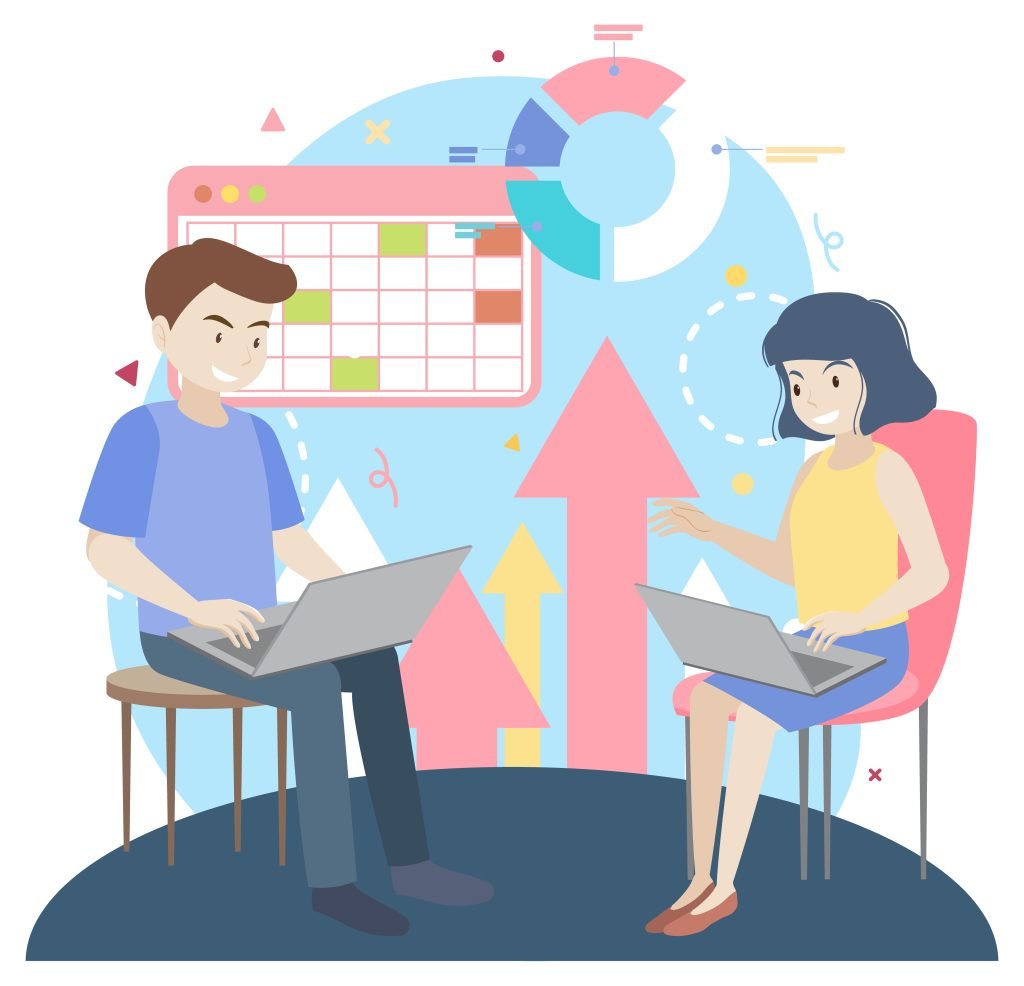
The term coordination refers to working together, in a group, or towards achieving a single objective. According to Merriam-Webster, coordination means “organizing people or groups so they work together properly”. Coordination is an integral part of human civilization, and throughout history, people coordinated to achieve results easily and quickly.
It refers to combining all the stakeholders, working together for a single objective, and supporting each other throughout the process. The main goal is to provide a clear and compelling path to enhance growth by uplifting and supporting each student in the class.
In education, we have witnessed many downfalls and drawbacks among the students and also in teachers and students. Education with proper organization and coordination can produce the best results. Students, teachers, parents, and administrations all work together to plan, organize, and implement coordination strategies for the betterment of each stakeholder.
Types of Coordination in Education:
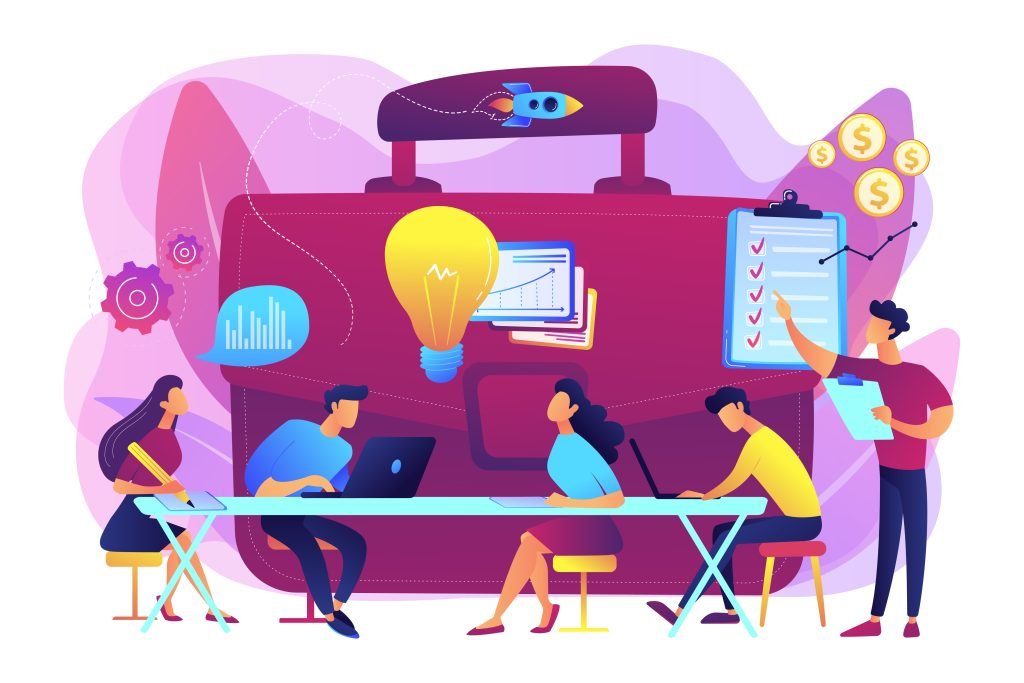
There are various types of coordination in education, some of them are:
Curricular coordination:

It means ensuring that different academic topics and content are aligned and integrated into different schooling grades so that students can learn them easily.
Institutional coordination:

This is the study of how educational institutions, like schools, colleges, and universities, can work together and effectively communicate with each other to promote education.
Interdisciplinary Coordination:

This type of coordination encourages combining different courses and disciplines, leading to a more complete way of learning relevant to the real world.
Interpersonal Coordination:

This type of coordination focuses on helping each student build important skills, such as time management, goal setting, and self-directed learning.
Extracurricular coordination:

It is all about organizing and coordinating extracurricular activities, clubs, and events to support official education and help students grow in all areas.
Pedagogical coordination:

The type of coordination that ensures the assessments, teaching methods, and tactics work together to create a clear and effective learning framework.
Community and Stakeholder Coordination:

This coordination encourages schools and the wider community to work with parents, businesses, and neighborhood groups to support and improve the learning experience.
Resource coordination:

It ensures that money, technology, and school buildings are distributed and used effectively so that the learning setting is at its best.
Assessment Coordination:

Ensure that all assessment methods, standards, and grading processes are organized the same way and that students get the fair makers accordingly.
Technology Integration Coordination:
To make sure that digital tools stay in the way of learning, Technology Integration Coordination focuses on making sure that technology is seamlessly integrated into educational practices.
Importance of Coordination in Education:
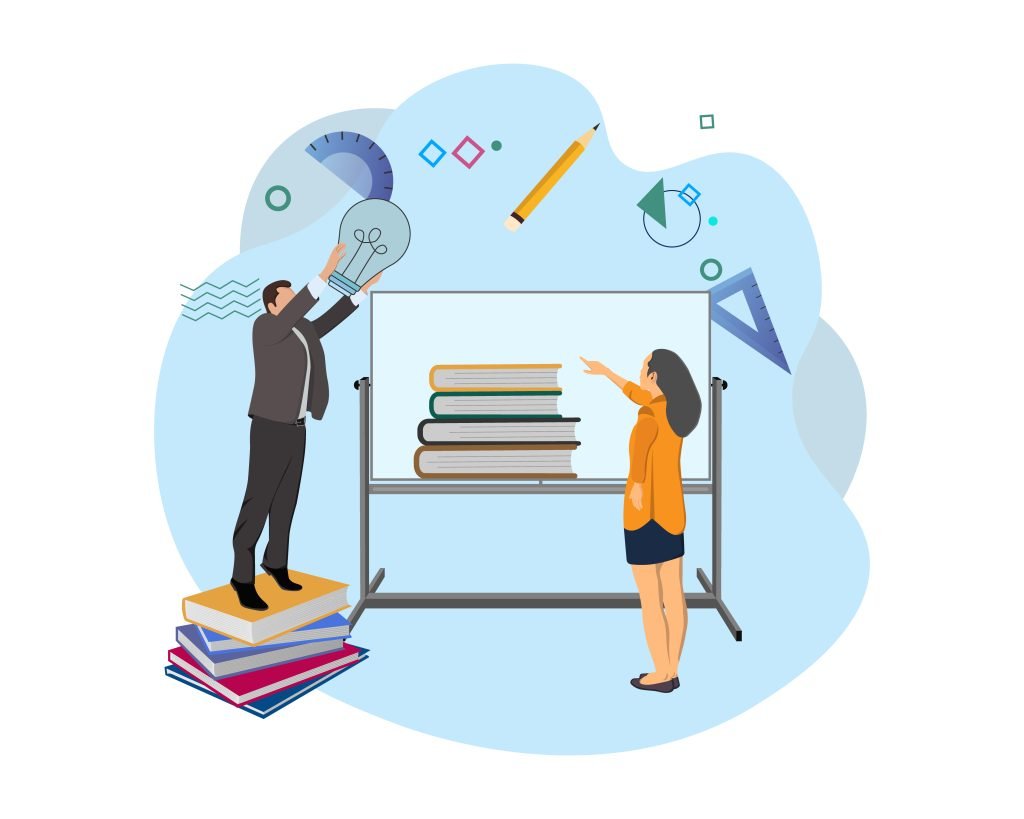
So far, we have learned the concept of coordination in education and types of coordination in education, and now we will understand the importance of coordination in education.
A smooth learning experience:

Coordination in Education makes sure the content, teaching methods, and tests align with each other, creating a smooth and unified learning journey for all students.
Development in all areas:

Coordination efforts focus on different areas of student development, such as academic, social, emotional, and physical areas. Thus, it promotes whole-person development and the creation of well-rounded people.

Better effectiveness in teaching:
Coordinated pedagogical approaches allow teachers to align their lessons, share the best teaching methods, and work together on lesson plans.
Resource Optimization:

The best way to use and distribute educational resources like money, technology, and funding is to coordinate them well. This resource optimization will help stakeholders earn maximum benefits from it.
Consistency in Evaluation:

Coordinated evaluation practices make sure that students are graded consistently, fairly, and correctly and prepare an overall report of their performances.
Interdisciplinary Learning Opportunities:
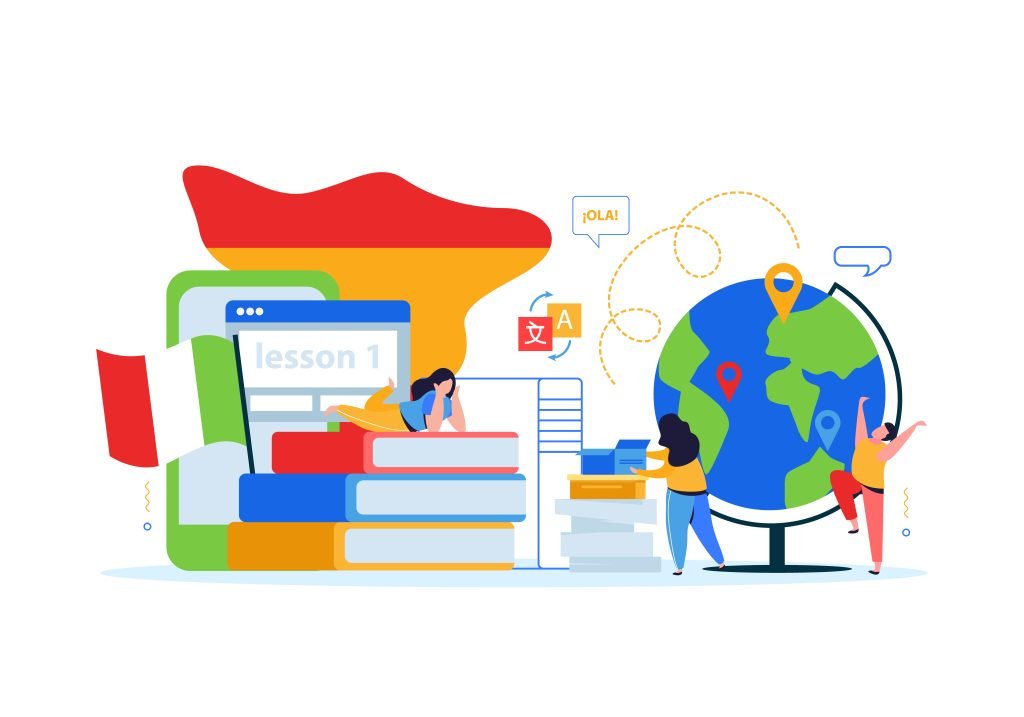
Coordination makes it easier for different departments to work together. This promotes interdisciplinary learning that mirrors the complexity of the real world and prepares students for a wide range of tasks.
Lifelong learning skills:

Intrapersonal coordination works on developing each person’s skills. It helps develop skills that last a lifetime, like time management, self-directed learning, and critical thinking, which are important for success beyond school.
Adaptable Education System:

Schools can change and react to new technologies, social norms, and educational needs when everyone works together. Thus, coordination makes the school systems effective and responsive to the latest technologies.
Global Competence:
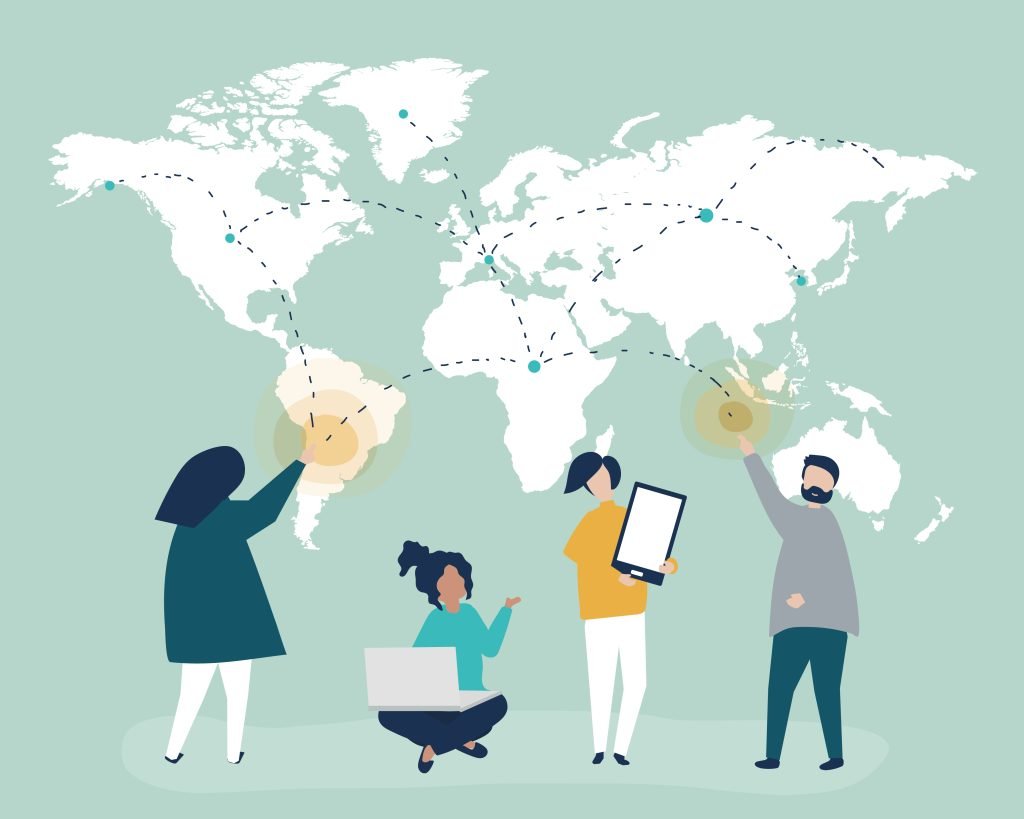
It helps students to prepare for a globalized world by encouraging cultural understanding, global perspectives, and teamwork. This gives them the tools to do well in a society connected to everything else.
Conclusion:
In conclusion, it is an integral part of student character and career development. As we navigate the complexities of modern education methods, coordination appears as the guiding force that ensures a cohesive and effective educational experience. From making sure that classes are aligned with community needs, the different parts of coordination work together to make a whole system that can change as needed.
The seamless learning experience given by coordination not only fosters academic excellence but also nurtures the holistic development of students. Educators can optimize their teaching efficiency, resource utilization, and assessment practices. This, in turn, adds to the cultivation of important lifelong learning skills, preparing students for the challenges of an ever-changing world.
Visit our website FuseBay, for more informative and worthy articles.

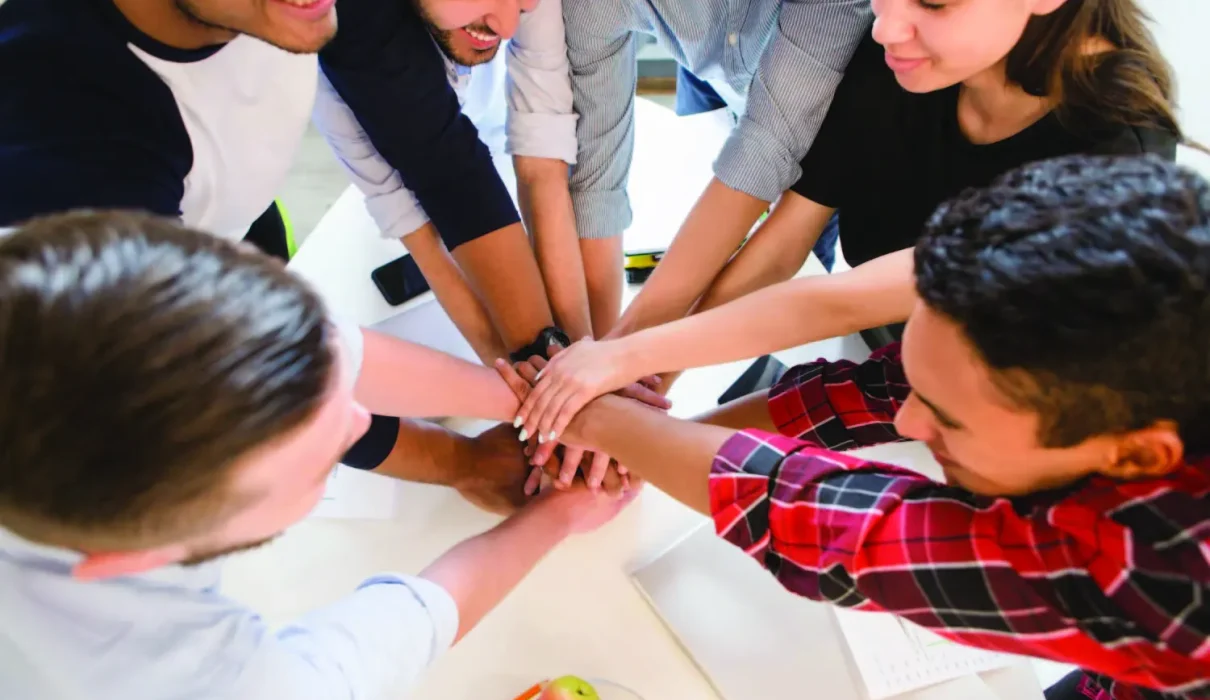






3 Comments